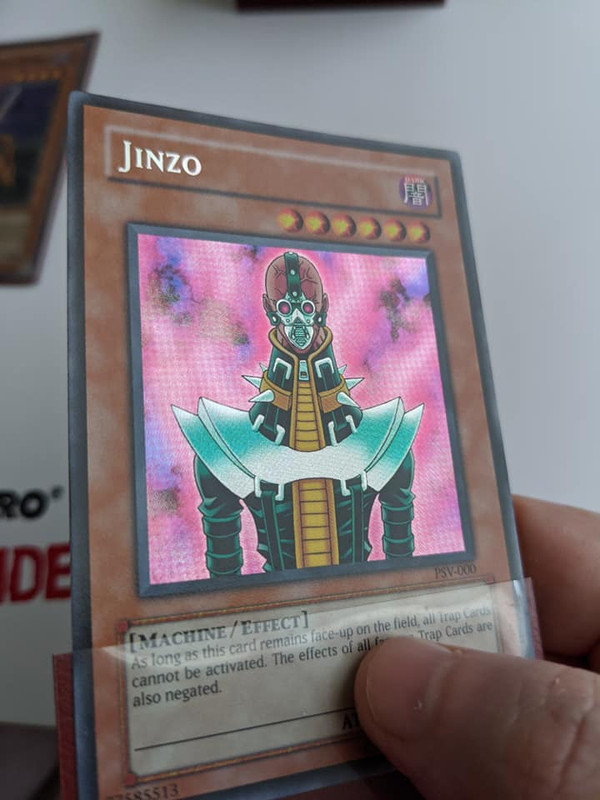In Yu-Gi-Oh!, the old sets were reprinted in the exact same look a few times to the point where people do not bother about unlimited old school cards anymore. However, other than the subtle ways to determine whether an old school card is a reprint version or not, there is actually another easier, more obvious way to determine if a card is OG or not.
It is always believed that the ways to know whether an old school card is reprinted is based on the color, corners of the card and eye of anubis of the card. The color and corners are subjective but the eye of anubis trick works. Reprinted cards have stars in the eye of anubis stamp as they started introducing the new star pattern in new cards. However, how many sellers do you know show up-close, angled photos of the EOA stamp. In this thread, I will introduce a way to differentiate reprints from OG just by looking at the card, more specifically, the text box of the card.
I have attached some examples of reprints and OG prints below. Look at the text box of each and see if you can see a difference between them.
BLUE-EYES WHITE DRAGON

OG

Reprint
Noticed the last word on this specific text box have a different location. The tale. is further in the reprint than the OG. The fullstop is under the h in the reprint while it is under a space in the OG. This is noticeable just by looking at the text box of the card even from a distance.
DARK MAGICAN

OG

Reprint
Same for the Dark Magician. The reprint has longer text in the text box. The letter d in the word wizard lies below the space for the OG while it lies under the ] for the reprint.
RED-EYES BLACK DRAGON

OG

Reprint
The letter d in the word dragon lies under the last stroke of the letter N for the OG whilst under the space for the reprint.
EXODIA THE FORBIDDEN ONE

OG

Reprint
Straight up different text. Automatic victory for the OG, win the Duel for the reprint.
CHAOS EMPEROR DRAGON

OG

Reprint
Different text. Easy way to determine is the end of the text box. OG has spacing after the last word effectwhile the reprint doesn’t.
JINZO

OG

Reprint
Longer text for the OG. Four words on the last line of the text for OG while only two words on the reprint.
This thread is not to point out every difference on every Unlimited old school cards but more to letting people know that there are less subtle ways to determine if a card is the reprinted version or not. This is so that collectors won’t pay OG prices for reprinted cards. Unlimited cards are very affordable (Unlimited is 10x or more cheaper than 1st Edition) relative to 1st Edition but collectors are afraid of buying into a reprint. There are a few rules to help determine whether cards are a reprint version.
- Unlimited OG print has text lines exactly the same as 1st editions. So when in doubt, refer a 1st ed card.
- Reverse Secret Rares are 100% OG print.
- Foil Shift foils are 100% OG print.
- EN (Worldwide version) is the first Unlimited reprint, making it somewhat like a 4th print base set. Rarer/More valuable than the regular OG Unlimited.
There are some cards with the same texts, spacings and length for the texts in the text box for both OG and Reprint versions. Those are much harder to differentiate. I know of two cards which are Tri-Horned Dragon and Gaia the Dragon Champion.
I hope this helps current and future collectors. It makes me believe that Unlimited versions of certain cards might have a future after all. Good luck collecting.
